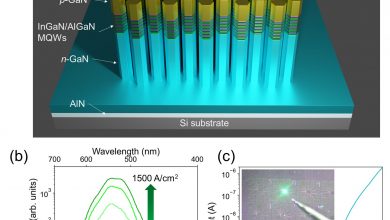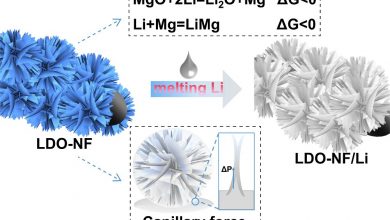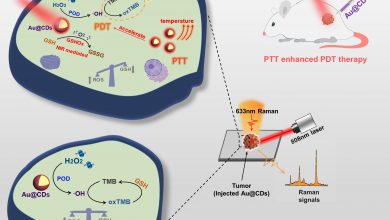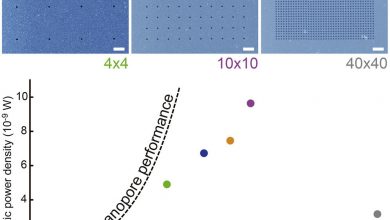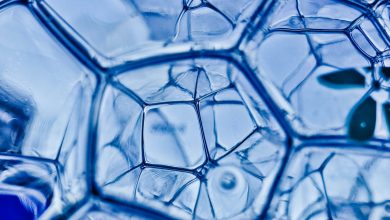Liquid crystal templated chiral nanomaterials, a comprehensive review
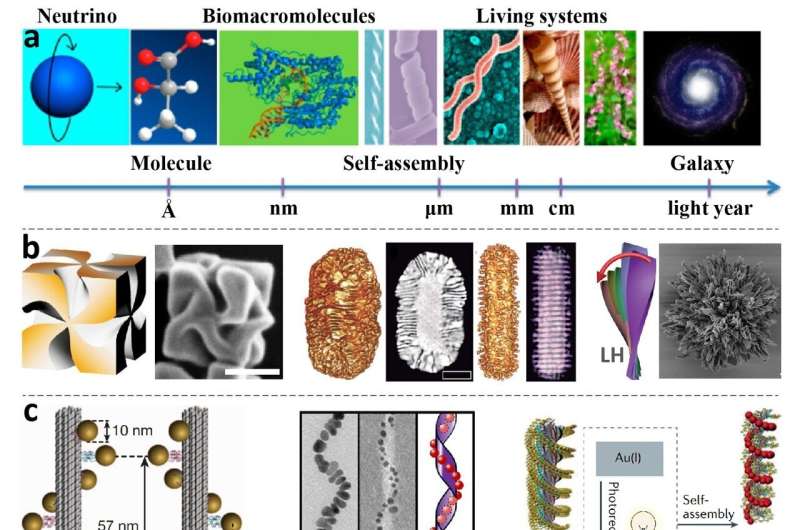
Chirality is omnipresent in living organisms and nature. Chiral architectures can be found at a variety of hierarchical levels, ranging from atomic and molecular to supramolecular, macroscopic, and galactic scales. However, chirality at a molecular scale is inherently weak, and extending the chirality from molecules to nanomaterials could bring many new opportunities for the design and synthesis of emerging chiral functional nanomaterials with a remarkable improvement in chiroptical properties.
Chiral nanomaterials can be realized from directed self-assembly of nanoscale achiral functional building blocks using various chiral soft templates such as DNA, peptide and protein, liquid crystal (LC), chiral polymer, and organogelators. Among the different chiral soft templates, liquid-crystalline soft templates are highly attractive due to their inherent long-range ordered molecular assemblies that couple liquid fluidity with crystal ordering from molecular to macroscopic hierarchical levels.
Recently, many researchers have devoted themselves to the design and synthesis of advanced chiral functional nanomaterials using liquid crystalline soft templates. Benefiting from the chiral self-assembly feature of diverse chiral liquid-crystalline phases, it is possible to transfer their chirality and periodicity into functional nanomaterials with unique and unprecedented functionalities.
In an invited review paper published in Light: Science & Applications, Professor Ling Wang and Wei Feng from School of Materials Science and Engineering, Tianjin University, China, Professor Quan Li from Institute of Advanced Materials and School of Chemistry and Chemical Engineering, Southeast University, China, and their co-workers have presented a comprehensive review of the state-of-the-art advances of liquid crystal-templated chiral nanomaterials and their promising applications.
First, the critical chiroptical properties of chiral nanomaterials are introduced. Then, an overview of chiral functional nanomaterials is showcased, which includes chiral plasmonic nanomaterials based on thermotropic and lyotropic liquid crystal templates, as well as chiral luminescent nanomaterials based on different nanoscale building blocks, such as emerging inorganic quantum dots, perovskite nanocrystals, and upconversion nanoparticles.
Finally, this review concludes with a perspective on the emerging applications, challenges, and future opportunities of such fascinating chiral nanomaterials. This review can not only deepen our understanding of the fundamentals of soft matter chirality, but also shine light on the development of advanced chiral functional nanomaterials toward their versatile applications in optics, biology, catalysis, electronics, and beyond.
“Compared to emerging DNA-based soft templates, chiral liquid-crystalline templates are faster, less expensive, and more adaptable to guide the self-assembly of nanoscale building blocks into arbitrary and high-order chiral nanomaterials over a larger range of scales, thanks to their inherent long-range ordered molecular arrangements that combine the liquid fluidity with crystal ordering from atomic-molecular to macroscopic levels,” Ling Wang and Quan Li said.
“Different thermotropic and lyotropic liquid crystal templates have been applied for fabricating chiral plasmonic nanomaterials with enhanced circular dichroism (CD), amplified dissymmetry factor, and dynamic chiroptical responses, which are of paramount significance for many potential applications, such as negative-refractive-index materials, ultrasensitive biosensing, enantioselective analysis, and beyond.”
“A variety of emerging nanoscale functional building blocks, such as inorganic quantum dots, perovskite nanocrystals, and upconversion nanoparticles, have been employed for the design and synthesis of novel chiral luminescent nanomaterials exhibiting significantly enhanced circularly polarized luminescence, which could find important applications in many emerging fields, such as biological science, 3D display, information encryption, chiral spintronics, and enantioselective photochemistry.”
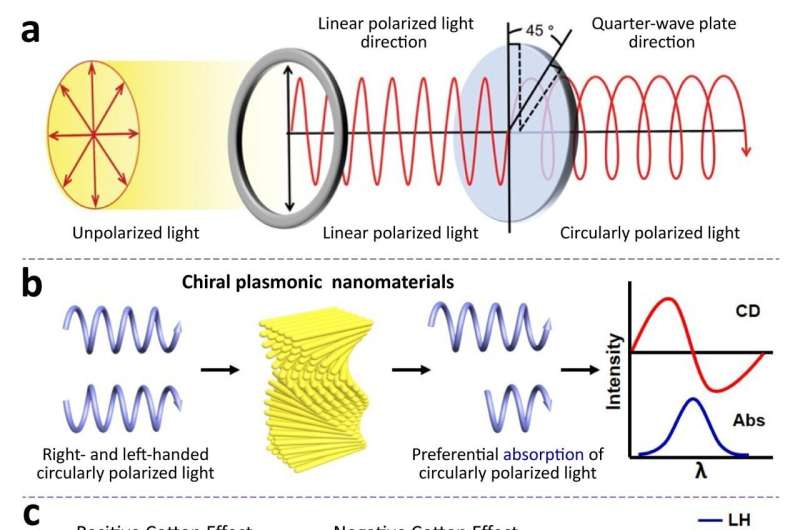
“Despite the great achievements, the development of chiral functional nanomaterials based on bottom-up soft template strategy remains in its early stages, and there are still many challenges to be addressed for motivating breakthrough research in this significant field. The first one is to develop chiral functional nanomaterials with high optical asymmetry g-factors (gabs for absorption and glum for luminescence), as the reported values are still far from the theoretical value of ±2.”
“The second one is to endow the chiral functional nanomaterials with tunable chiroptical activity to diverse target wavelengths ranging from the ultraviolet, visible, near-infrared to terahertz regions. Importantly, more attentions in the future research should be paid to bridge the research gap from the proof-of-concept on a laboratory scale to the large-scale synthesis of chiral functional nanomaterials and their integration into multi-material hierarchical architectures and even more complex advanced functional devices,” they added.
“The unique combination of liquid crystalline nanoscience with nanoscale chirality and emerging bottom-up self-assembly will pour vitality into the development of programmable and reconfigurable chiral functional nanomaterials with unlimited possibilities. Future endeavors of scientists and engineers from multidisciplinary research backgrounds will certainly bring new twists into fundamental breakthrough and technological applications of emerging soft-matter chirality and truly advanced chiral functional nanomaterials which embrace biology, optics, electronics, spintronics, physics, chemistry, materials science, device engineering, and other interdisciplinary areas,” they said.
Conclusion: So above is the Liquid crystal templated chiral nanomaterials, a comprehensive review article. Hopefully with this article you can help you in life, always follow and read our good articles on the website: Peto.info
